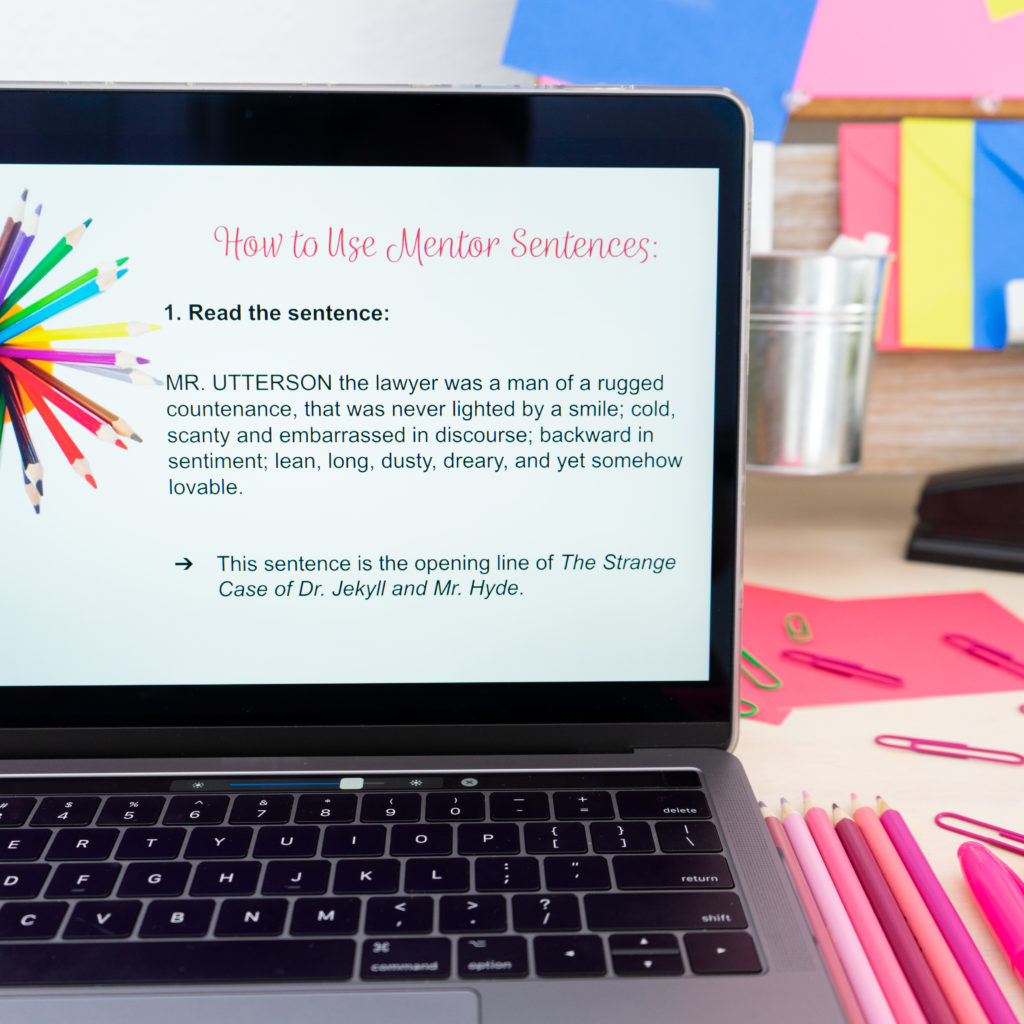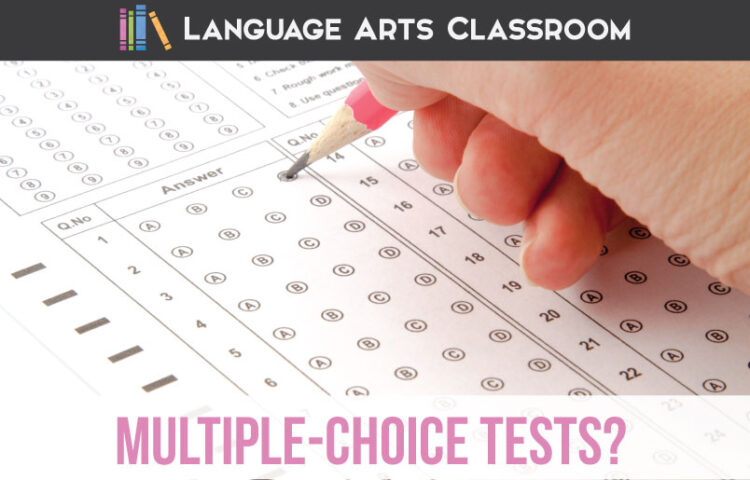Standardized testing makes me queazy as a teacher, so I understand the reluctance to heap more of those practices on our students. When I consider the weight put on teenagers for a few tests, I am uncomfortable, probably because my experience tells me that one test needn’t shape a person’s life trajectory. I remember taking my ACT my junior year. Not a big deal. I went to college, graduated, got a job. And my ACT was forgotten by all.
Not today. My students stress over standardized testing. It’s in the news. Teachers “teach to the test.” Parents worry about it. In some situations, the ACT can help ensure licensing once college is over. The ACT can have big implications for sixteen year olds.
Sure, maybe I was a slacker. I remember some kids studying for the ACT. I just don’t remember the hoopla surrounding it.
Times have changed, and now anything connected to standardized testing is seen as bad. Still, “multiple-choice” isn’t a dirty phrase, is it? I think standardized testing is out of hand (most teachers do), but I still use multiple-choice quizzes or starter activities in my classroom. Why? Here are eight reasons why “multiple-choice” in education can be helpful:

Gives teachers a quick snapshot.
Multiple-choice is quick, normally about five minutes. In those five minutes, I can see whom I need to speak with about reading the assignment—and start looking for a solution.
Gives students quick feedback.
Because a class can discuss answers in less than five minutes, students have immediate feedback. I can whip through grading, give students fast feedback, and start the lesson with my new results. If I use a Google Form, students have immediate feedback.
Corrects little errors.
When giving a multiple choice quiz, I’ve had students who have read and taken notes look up at me and say, “Oh!” They missed something while reading, or were confused. Looking at the correct answer clarifies their reading.
Starts discussions.
Sometimes I stare at a class, excitedly waiting for them to brim over with symbols and characterization from last night’s reading. Sometimes that happens; many times it does not. If students have information in front of them, they have a starting point. I can use the quiz (for which I seldom take a grade) as a way to start conversations.
Enjoyable?
That is just their style, and nothing is wrong with that.
Springboards actual writing.
It is easy for me to say, in number ___, character A did ___. What would happen if he had done one of those other options? Would the story be better or worse? The multiple choices allows for multiple writing prompts.
Helps parents.
I sometimes have parents who read a book with their children, or at least remember the story from their schooling. Looking at their child’s multiple-choice quizzes, chapter by chapter, gives them a quick review. Then they work together with their child, and nothing is better than that.
Acts as a study guide.
Some books are long. Some kids cannot remember facts from start to finish, and others need a simple brush-up. Looking at completed multiple-choice quizzes gives an accurate review of facts.
What does the research say?
I wondered if research concerning multiple-choice tests existed, and I found a recent study from 2012.
In “Multiple-Choice Tests Exonerated, at Least of Some Charges: Fostering Test-Induced Learning and Avoiding Test-Induced Forgetting,” authors Jeri L. Little et al. concluded:
The present work demonstrates that properly constructed multiple-choice practice tests can be important learning events for students. Achieving “proper construction” of such tests— which requires that incorrect alternatives be plausible, but not so plausible that they are unfair—is, however, a challenge. As any teacher who has used multiple-choice tests can testify, writing good multiple-choice items is very hard work, whereas writing poor ones is relatively easy. Thus, when people accuse multiple-choice tests of being bad tests, that accusation, statistically, has some truth to it. We argue, however, that the statistical accuracy of such accusations has more to do with human nature than with the multiple-choice format per se.
Standardized testing is the hot topic in education right now and “multiple-choice” is lumped with it. Is multiple-choice the only way to assess students? No! Is it the best way? Probably not. Can it still be useful? Yes—especially when it is not the beginning and the end of assessment and when teachers take care to construct careful multiple-choice options.


